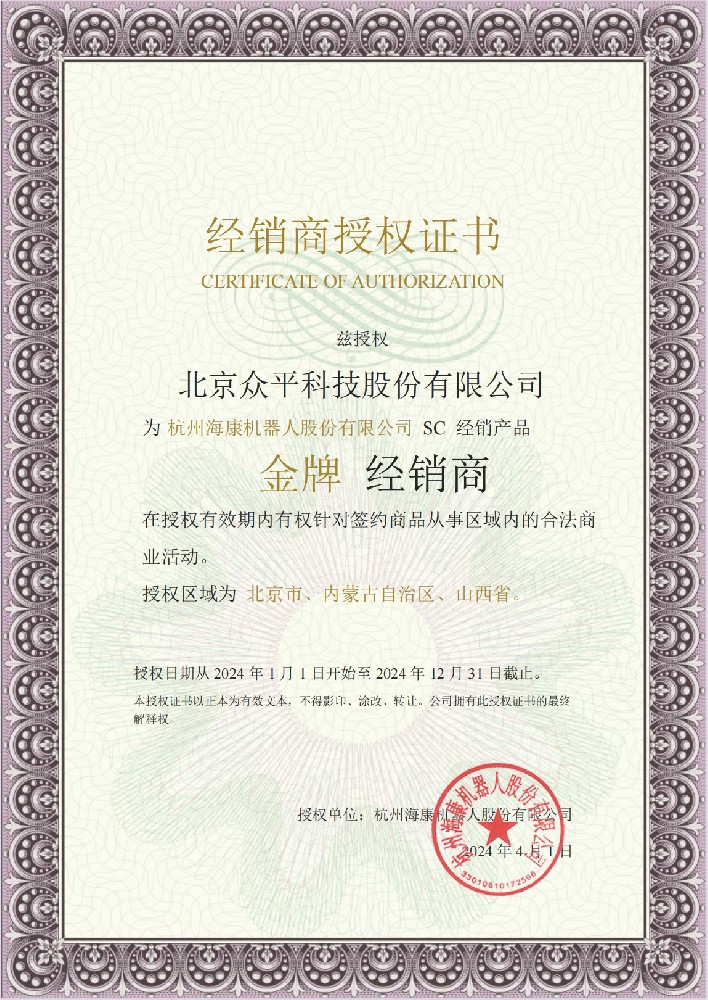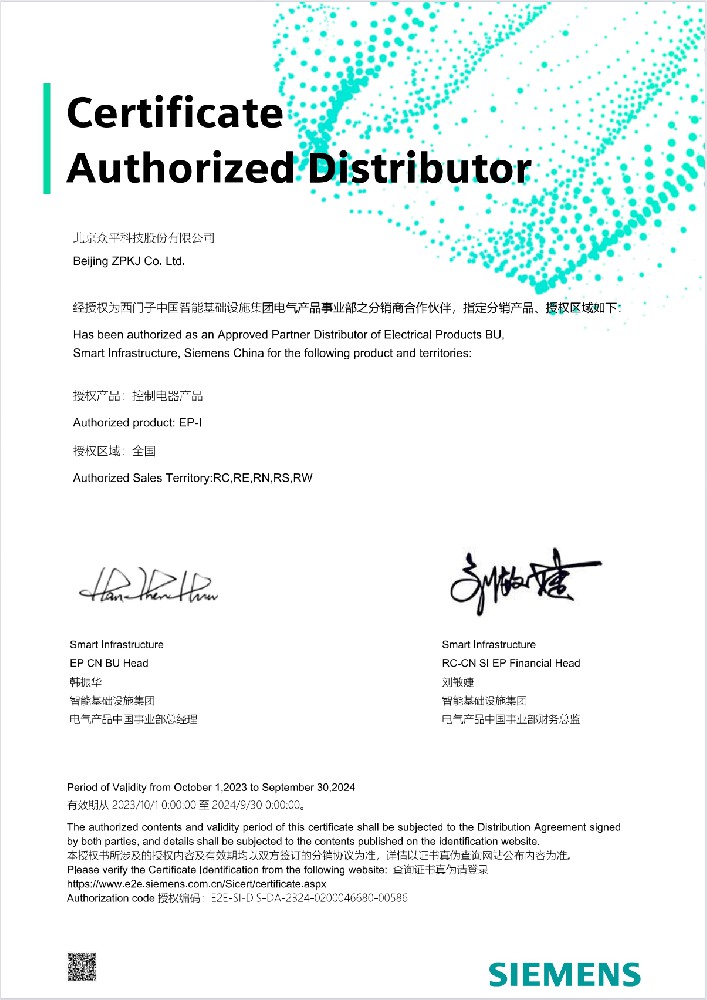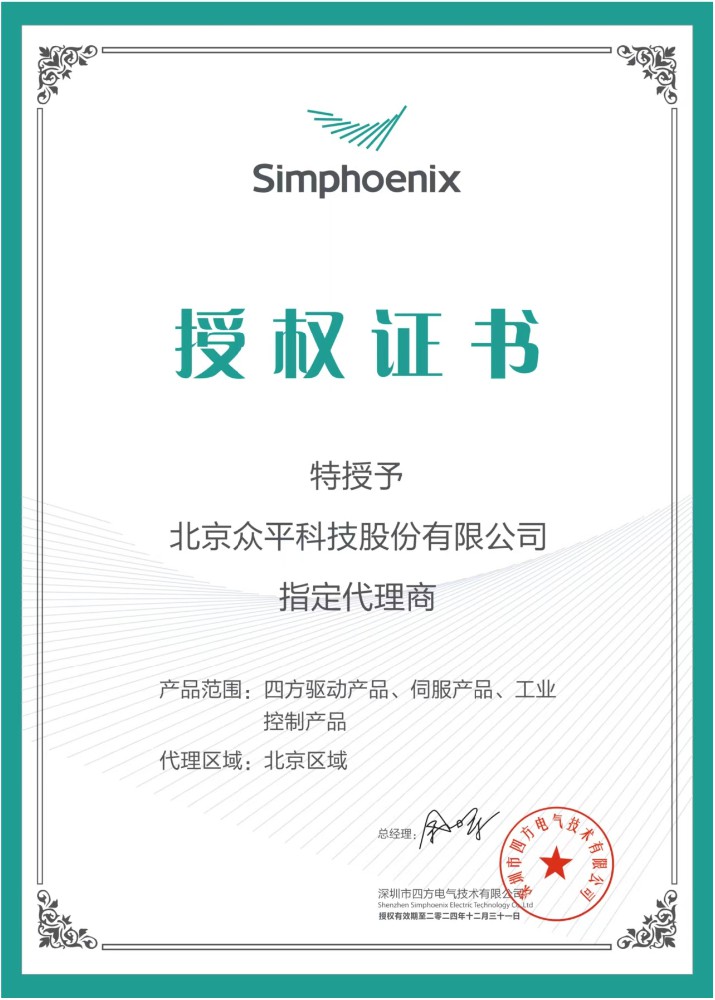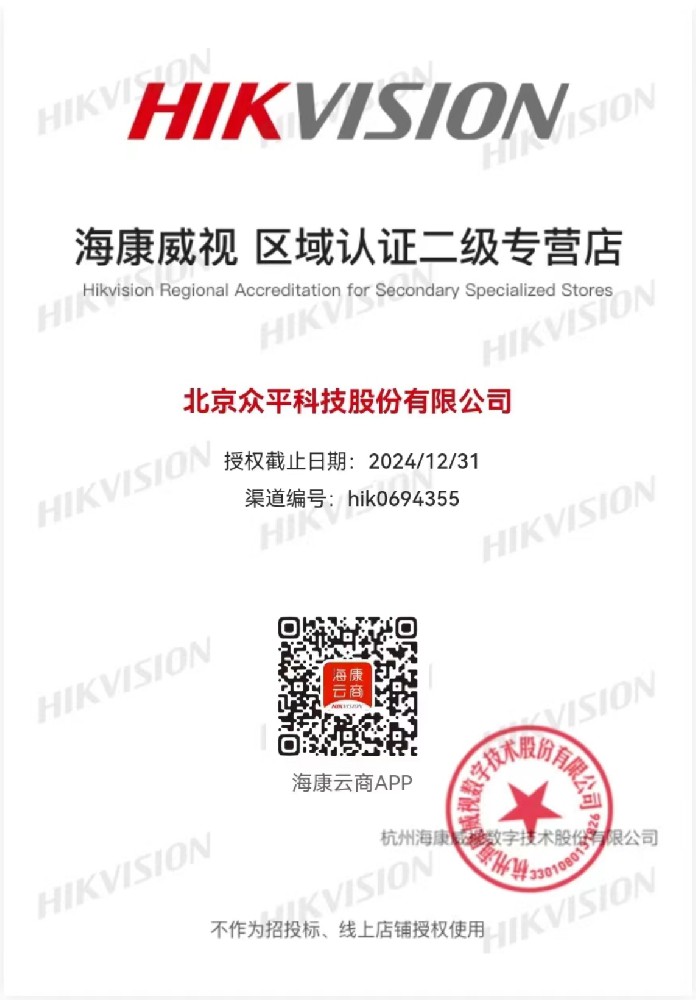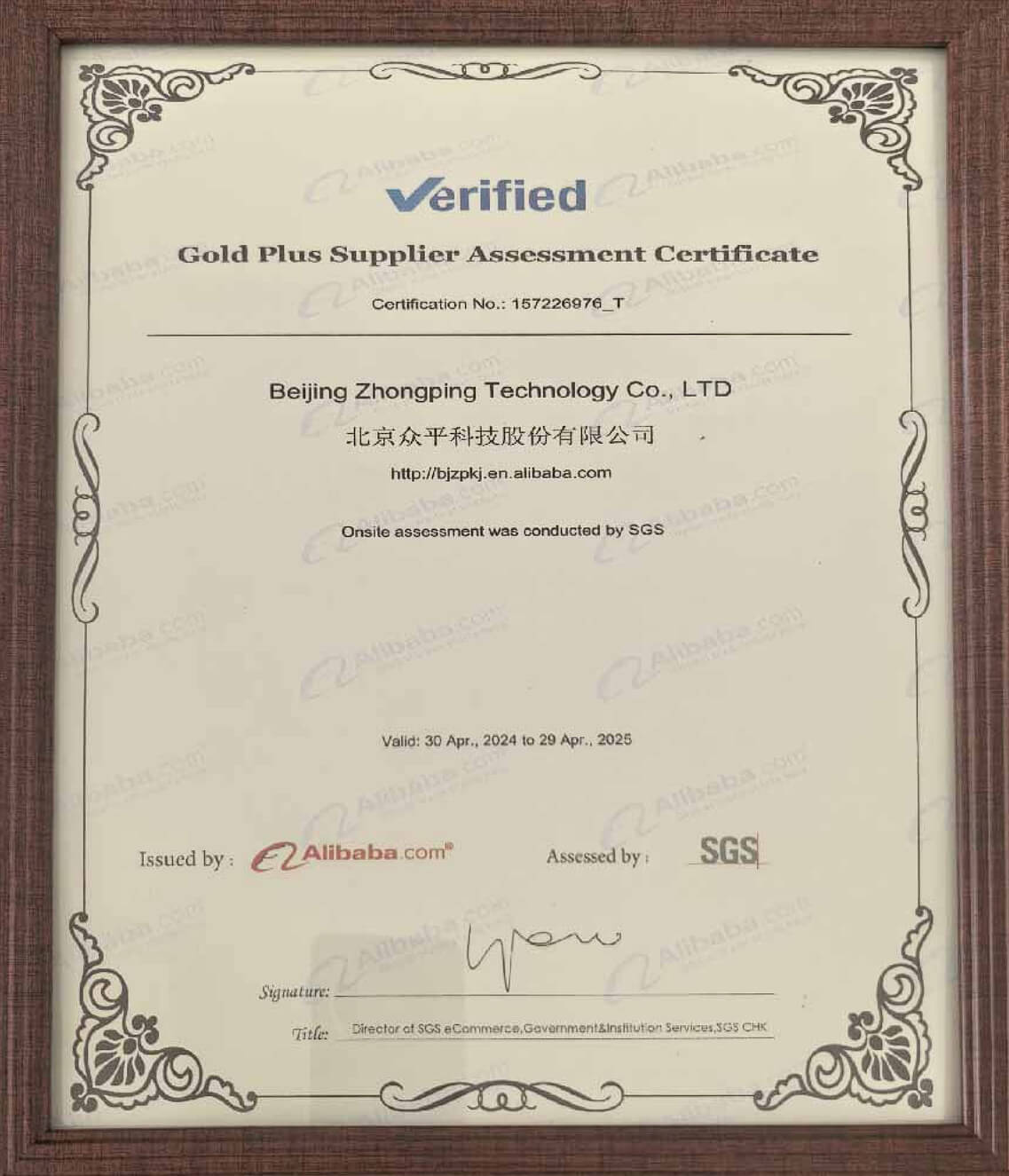The Fuji FRN1.5G1S-4C is a high-performance, compact vfd inverter from the Fuji G1S series, specifically for small and medium power motor drive. It features multiple controllers and strong overload capacity, making it widely used in the field of industrial automation. This inverter has a rated power of 1.5kW and is suitable for a 380V power supply voltage, meeting the drive requirements of various industrial scenarios.
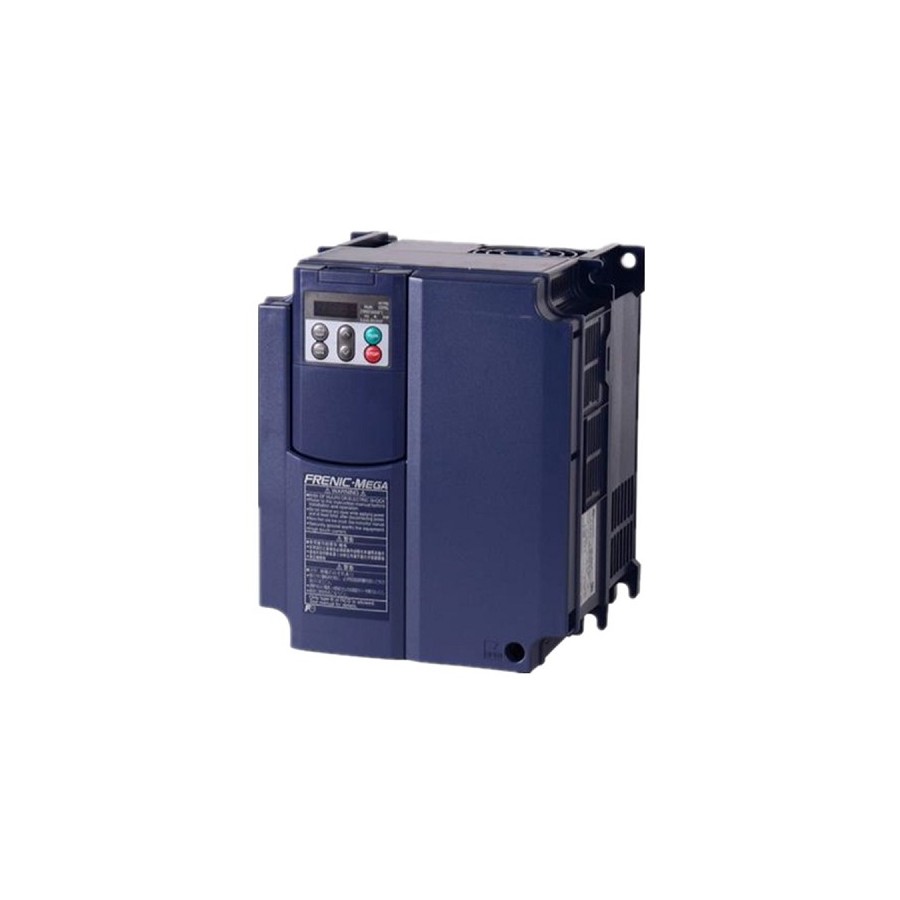
Product Specifications
Rated Power: 1.5kW, suitable for small and medium-sized power motor drive.
Power Supply Voltage: 380V, compatible with standard three-phase AC power.
Rated Current: Calculated based on rated power and voltage, approximately 2.5A.
Controllers Modes: Supports various modes, including V/F control and sensorless vector control.
Output Frequency Range: 0-400Hz, achieving a wide speed control range.
Overload Capacity: 150% of rated current can be sustained for 60 seconds, suitable for heavy-load startups.
Communication Interface: Supports RS485 communication, connectable with PLCs or other higher-level machines.
Protection Functions: Equipped with multiple protection functions, including overload, overheat, overvoltage, and undervoltage protection.
Environmental Adaptability: Operable in ambient temperatures ranging from -10°C to +40°C.
Product Features
High Overload Capacity: By extending the rated time for overload, it achieves rapid acceleration and deceleration within a short period, making it particularly suitable for applications that require quick startups and stops, such as cutting machinery and material handling equipment.
Multiple Controllers Modes: Offers V/F control and sensorless vector control, allowing users to select the appropriate control mode based on their specific needs.
Compact Design: Its compact structure saves installation space and facilitates integration into various types of machinery.
Superior Heat Dissipation: With an optimized heat dissipation design, it ensures stable operation even under high load and high-temperature conditions.
User-Friendly Operation: Equipped with a digital keypad and LED display, it makes parameter setting and monitoring convenient for users.
Applications
Machine Tool Processing: Suitable for machine tools such as lathes, milling machines, and drilling machines, improving machining accuracy by precisely controlling motor speed.
Conveyor Systems: Used in logistics conveyor belts and packaging production lines, providing smooth startups, stops, and speed regulation.
Fans and Pumps: In HVAC and water treatment fields, it regulates the speed of fans and pumps to achieve energy savings and consumption reduction.
Lifting Equipment: Suitable for cranes and hoists, providing strong startup torque and stable operation.
Installation and Wiring
Installation Environment: Choose an environment with good ventilation, free of dust and corrosive gases, and avoid high temperatures, high humidity, and strong electromagnetic interference.
Wiring Requirements: Follow the instructions in the manual strictly to ensure correct connections of power, signal, and motor wires.
Grounding Protection: Ensure proper grounding of the equipment to comply with electrical safety standards.
Parameter Settings
Basic Parameter Settings: Set the motor power, rated voltage, rated current, etc., based on the motor nameplate parameters.
Controllers Mode Selection: Choose between V/F control and sensorless vector control based on application requirements.
Advanced Function Configuration: Configure functions such as PID control and multi-speed control to achieve complex control.
Maintenance and Inspection
Regular Inspection: Check for any damage to the appearance and clean the dust from the heat sink and fan.
Parameter Verification: Regularly verify parameter settings to ensure they match the actual requirements.
Fault Diagnosis: When a fault occurs, check the fault code and troubleshoot according to the manual.
Precautions
Environmental Conditions: Avoid using in extreme temperatures, humidity, and electromagnetic interference environments.
Power Requirements: Ensure stable power supply voltage to avoid voltage fluctuations.
Safe Operation: Avoid contact with live parts during operation, and cut off power during maintenance.
Frequently Asked Questions (FAQ)
How to Perform Motor Self-Tuning?
Importance: Motor self-tuning is a crucial step to ensure the compatibility between the inverter and the motor, improving control accuracy and system stability.
Precautions: During self-tuning, ensure the motor is correctly connected to the vfd inverter and the motor is in a stationary state.
Effect: After self-tuning, the inverter will adjust control parameters based on the actual motor parameters, achieving optimal operating performance.
How to Configure the Communication Interface of this frequency inverter?
Interface Type: Supports RS485 communication interface with built-in Modbus-RTU protocol.
Wiring: Use shielded cables for communication lines and ensure the shielding is properly grounded.
Parameter Settings: Set communication parameters such as address and baud rate according to the protocol to ensure consistency with the higher-level machine.
How to Select the Power Range of the inverter?
Based on Load Requirements: When selecting the vfd inverter power, determine it based on the actual load of the motor. If the load is light, choose an inverter that matches the motor's rated power; if the load is heavy or there is a significant startup torque requirement, select an inverter with slightly higher power. For example, in applications that require frequent startups and stops, such as cranes or conveyor belts, the motor needs a larger torque to overcome static inertia when motor drive, and choosing an inverter with slightly higher power can better meet the demand.
Safety Factor Consideration: When selecting the power range, also consider the safety factor of the system. It is usually recommended to choose an inverter with slightly higher power than the motor's rated power to cope with load fluctuations and sudden situations. For example, in some industrial production processes, the load of the equipment may fluctuate due to changes in production tasks, and choosing an inverter with slightly higher power can prevent the inverter from being overloaded due to sudden increases in load.
Overload Capacity: The Fuji FRN1.5G1S-4C inverter has a certain overload capacity and can withstand a load exceeding the rated power for a short period. However, long-term overload will affect the life and performance of the inverter, so it is best to avoid long-term overload operation when selecting the power range.
What is the Cooling Method of the FRN1.5G1S-4C Inverter?
Cooling Method: The inverter uses forced air cooling, with an internal cooling fan for heat dissipation. This cooling method can effectively reduce the heat generated by the inverter during operation, ensuring stable operation of the equipment even under high load and high-temperature conditions.
Installation Requirements: When installing the inverter, ensure there is enough space around it for air circulation. Avoid installing the inverter in a closed or poorly ventilated environment, as this can affect the cooling effect. For example, there should be at least 10 centimeters of clearance around the inverter during installation to allow air to circulate smoothly.
Maintenance and Care: Regularly clean the dust from the fan and heat sink to effectively prevent overheating of the equipment due to poor cooling. Also, check the operation of the fan to ensure it is working properly. If the fan is damaged or the heat sink is too dusty, it should be cleaned or replaced in a timely manner.
How to Avoid Electromagnetic Interference with the FRN1.5G1S-4C Inverter?
Built-in Filter: The inverter is equipped with an EMC filter that meets relevant electromagnetic compatibility standards and can effectively suppress electromagnetic interference. This filter can reduce the electromagnetic radiation generated by the inverter during operation and minimize its impact on surrounding equipment.
Wiring Precautions: When wiring, try to avoid placing signal lines close to power lines to reduce electromagnetic interference. Use shielded cables for signal line connections and ensure the shielding is properly grounded. For example, signal lines and power lines should be kept at least 10 centimeters apart to reduce electromagnetic induction.
Grounding Measures: Good grounding is an important means of reducing electromagnetic interference. Ensure proper grounding of the equipment and comply with national and local electrical safety standards. The grounding resistance should be less than 4 ohms to ensure grounding effectiveness.
What Protection Functions Does this vfd inverter Have?
Overload Protection: When the motor load exceeds the rated value, the inverter will automatically reduce the frequency or stop running to protect the motor and vfd inverter. This protection function can effectively prevent the motor from being damaged due to overload and extend the service life of the equipment.
Overheat Protection: The inverter is equipped with a temperature sensor inside. When the temperature exceeds the set value, it will automatically shut down to prevent damage caused by overheating. For example, in high-temperature environments, the overheat protection function can promptly detect temperature abnormalities and take measures.
Overvoltage and Undervoltage Protection: When the power supply voltage is too high or too low, the inverter will automatically shut down to protect the equipment. In addition, it also has short-circuit protection and phase-loss protection functions to ensure the safe operation of the system.
How to Perform Regular Maintenance on the Inverter?
Visual Inspection: Regularly check the inverter for any signs of damage or abnormalities, such as cracks in the casing or loose screws. This visual check helps identify potential issues early and prevents them from escalating.
Cooling System Maintenance: Clean the dust from the fan and heat sink to ensure the cooling system operates efficiently. If the fan is not running properly, it should be replaced promptly. For example, a thorough cleaning of the cooling system should be done quarterly to keep it in optimal condition.
Electrical Connection Check: Verify that the power and signal connections are secure and make good contact. Also, after the motor drive succeeds, monitoring the motor's operating condition to ensure it runs smoothly and address any anomalies immediately.
What Precautions Should Be Taken During Inverter Installation?
Installation Location: Choose an installation location with good ventilation, free from dust and corrosive gases. Avoid areas with high temperatures, high humidity, or strong electromagnetic interference.
Mounting Orientation: Ensure the inverter is mounted vertically to facilitate proper heat dissipation. Use appropriate mounting methods to prevent vibrations from affecting the equipment.
Power Connection: When connecting the power supply, make sure the power cable meets the required specifications and pay attention to the correct phase sequence. Proper grounding of the equipment is also essential.
How to Choose the Controllers Modes for this inverter?
Application-Based Selection: For applications that require high-precision speed control, such as machine tool processing, sensorless vector control mode is recommended. For general constant-speed control applications, like fans and pumps, V/F control mode is a suitable choice.
Control Mode Characteristics: Sensorless vector control offers high-precision speed and torque control, ideal for applications with strict control accuracy requirements. V/F control is simple and easy to use, making it suitable for general constant-speed control needs.
Parameter Settings: After selecting the control mode, adjust the parameters according to the specific application requirements to achieve the best control performance.
How to Set the Frequency Reference Channel for the Inverter?
Frequency Reference Methods: The frequency can be set through the inverter's panel, external analog signals, or digital signals. Users can choose the appropriate frequency reference method based on their application needs.
Signal Source Requirements: When setting the frequency reference channel, ensure the stability and accuracy of the signal source. For example, when using an external analog signal for frequency reference, the signal's stability and interference resistance must be guaranteed.
Parameter Configuration: Configure the parameters according to the selected frequency reference method. For instance, when using an external analog signal, set the input range of the signal and the corresponding frequency range.
The above content covers the product specifications, features, applications, usage instructions, and precautions for the Fuji FRN1.5G1S-4C inverter. It also provides detailed answers to frequently asked questions to help you better promote and utilize this product.
FAQ
1.Who are We?
Beijing Zhongping Technology Co., LTD., is a one-stop integrated service provider of intelligent manufacturing, belongs to the Gong Doctor Group, is a scientific research, design, marketing, technical services, industrial Internet, international import and export services as one of the science and technology companies.
2.What can you buy from us?
PLC, inverter, human-machine interface, hydraulic products, low-voltage power distribution, industrial robots and core components
3.Is the item in stock or need to be purchased from another supplier?
We have a large inventory of goods and have our own warehouse.
4.What advantages do we have over other suppliers?
Our company has a large amount of inventory and a number of warehouses, but also in the country's important industrial provinces and cities with offices and a number of overseas service points. To provide you with intelligent manufacturing one-stop comprehensive services, save efforts, labor and cost.
5.Can you provide 100% new original authentic products?
We only sell new original genuine, no renovation, no fake, only for the original factory original!
6.How long is the delivery time?
If there is a stock, it will take 2-3 working days to ship, if the quantity is large, it will take 5-7 working days after receiving the payment, if it is not a conventional model, it will take some time, we will inform you of the specific delivery time.
7.Is there technical support available?
Of course, we have a professional technical team that can help you solve technical problems.
8.How do we guarantee quality?
We have three processes to control the quality of goods.
1). Our engineers will inspect the production and quality control in the factory regularly.
2) Incoming materials shall be inspected by experienced purchasing engineers before they can be stored.
3). At least 2 people in the logistics department cross-check the goods to be sent before delivery.
9.Can you guarantee the safe and reliable delivery of your products?
Yes, we strictly adopt the international standard packing. We also use special packaging for dangerous goods, and refrigerated shipping for items with temperature requirements. Special item packaging and general cargo standard packaging requirements may incur additional costs.
10.How about the freight?
The cost depends on how you choose to get the goods. Express is usually the fastest but also the most expensive way. Sea freight is the best solution for large quantities of goods. The exact shipping cost depends on the purchase amount、quantity and weight of your order. Please feel free to contact us for more information.


 010-64225983
010-64225983 +8613811814778
+8613811814778 info@zhongpingtech.com
info@zhongpingtech.com Building 26, Liyuan Community, Chaoyang District, Beijing, China
Building 26, Liyuan Community, Chaoyang District, Beijing, China